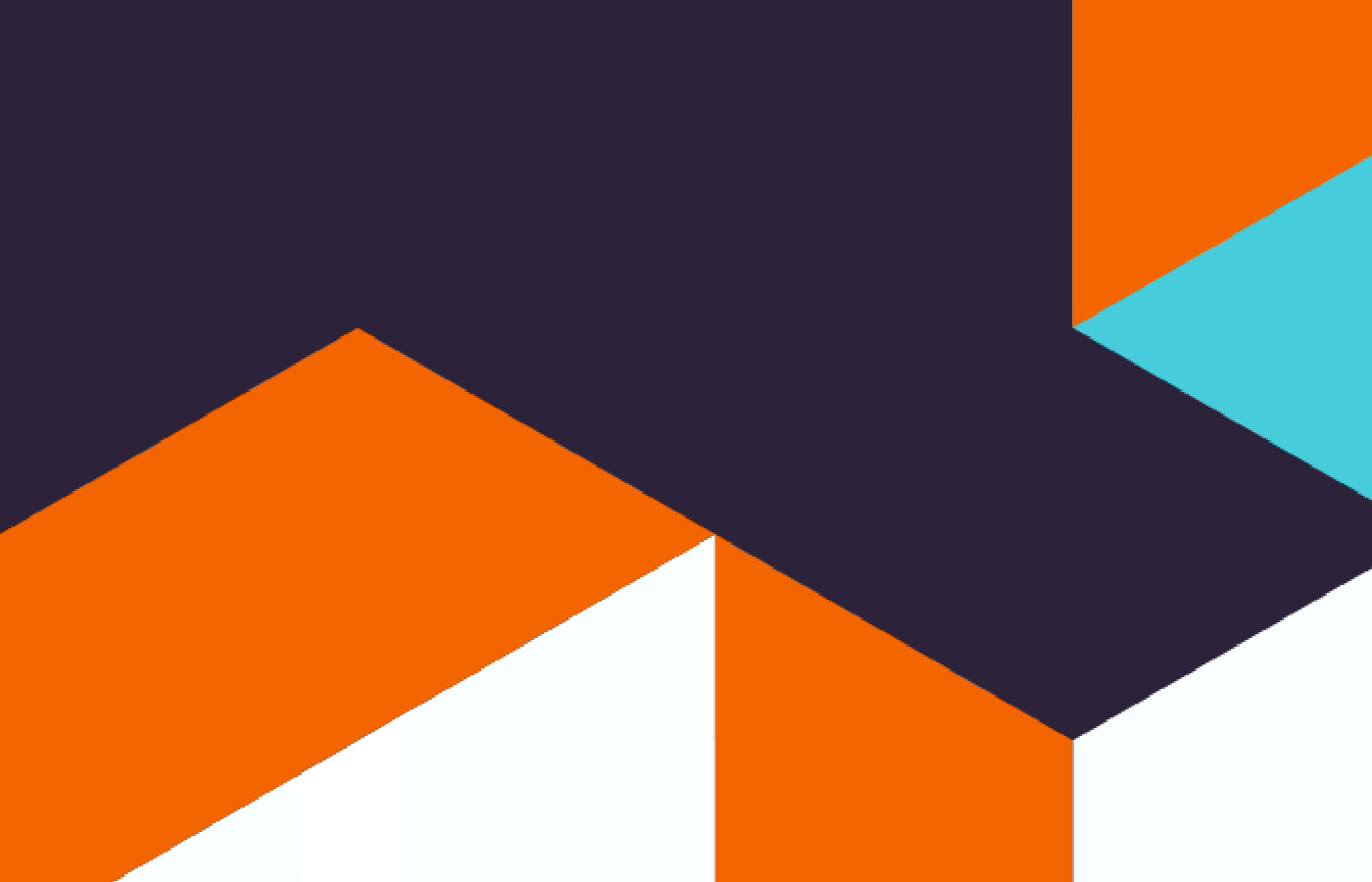How we do it
Our Process
almost makes it too easy to create beautiful content.
Growth Driven
Tabbed Module For Beautiful Content Creation
-
Lorem Ipsum Dolor Sit Amet
Lorem ipsum dolor sit amet, consetetur sadipscing elitr, sed diam nonumy eirmod tempor invidunt ut labore et dolore magna aliquyam erat, sed diam voluptua. At vero eos et accusam et justo duo dolores et ea rebum. Stet clita kasd gubergren, no sea takimata sanctus est Lorem ipsum dolor sit amet
-
Lorem Ipsum Dolor Sit Amet
Lorem ipsum dolor sit amet, consetetur sadipscing elitr, sed diam nonumy eirmod tempor invidunt ut labore et dolore magna aliquyam erat, sed diam voluptua. At vero eos et accusam et justo duo dolores et ea rebum. Stet clita kasd gubergren, no sea takimata sanctus est Lorem ipsum dolor sit amet
-
Lorem Ipsum Dolor Sit Amet
Lorem ipsum dolor sit amet, consetetur sadipscing elitr, sed diam nonumy eirmod tempor invidunt ut labore et dolore magna aliquyam erat, sed diam voluptua. At vero eos et accusam et justo duo dolores et ea rebum. Stet clita kasd gubergren, no sea takimata sanctus est Lorem ipsum dolor sit amet
-
Lorem Ipsum Dolor Sit Amet
Lorem ipsum dolor sit amet, consetetur sadipscing elitr, sed diam nonumy eirmod tempor invidunt ut labore et dolore magna aliquyam erat, sed diam voluptua. At vero eos et accusam et justo duo dolores et ea rebum. Stet clita kasd gubergren, no sea takimata sanctus est Lorem ipsum dolor sit amet





How it Works
A Drag And Drop Theme Designed For Software & Technology
Lorem ipsum dolor sit amet, consectetuer adipiscing elit. Phasellus hendrerit. Pellentesque aliquet nibh nec urna. In nisi neque, aliquet vel, Dapibus.
- Lorem ipsum dolor sit amet consectetuer
- Lorem ipsum dolor sit amet consectetuer
- Lorem ipsum dolor sit amet consectetuer

What We Do
Professional Design That's Ready To Help You Generate More Leads
Lorem ipsum dolor sit amet, consetetur sadipscing elitr, sed diam nonumy eirmod tempor invidunt ut labore et dolore magna aliquyam erat, sed diam voluptua. At vero eos et accusam et justo duo dolores et ea rebum.
Our Services
Framework Makes It Easy To Create Beautiful Content
Lorem ipsum dolor sit amet, consetetur sadipscing elitr, sed diam nonumy eirmod tempor invidunt ut labore et dolore magna aliquyam erat, sed diam voluptua. At vero eos et accusam et justo duo dolores.
Service Name
Consetetur sadipscing elitr, sed diam nonumy eirmod tempor invidunt ut labore et dolore.
Service Name
Consetetur sadipscing elitr, sed diam nonumy eirmod tempor invidunt ut labore et dolore.
Service Name
Consetetur sadipscing elitr, sed diam nonumy eirmod tempor invidunt ut labore et dolore.
Service Name
Consetetur sadipscing elitr, sed diam nonumy eirmod tempor invidunt ut labore et dolore.
Service Name
Consetetur sadipscing elitr, sed diam nonumy eirmod tempor invidunt ut labore et dolore.
Service Name
Consetetur sadipscing elitr, sed diam nonumy eirmod tempor invidunt ut labore et dolore.

Case Study
How Framework Helped Company One Business Grow
Lorem ipsum dolor sit amet, consetetur sadipscing elitr, sed diam nonumy eirmod tempor invidunt ut labore et dolore magna aliquyam erat, sed diam voluptua. At vero eos et accusam et justo duo dolores et ea rebum. Stet clita

Case Study
How Framework Helped Company Two Business Grow
Lorem ipsum dolor sit amet, consetetur sadipscing elitr, sed diam nonumy eirmod tempor invidunt ut labore et dolore magna aliquyam erat, sed diam voluptua. At vero eos et accusam et justo duo dolores et ea rebum. Stet clita

Case Study
How Framework Helped Company Three Business Grow
Lorem ipsum dolor sit amet, consetetur sadipscing elitr, sed diam nonumy eirmod tempor invidunt ut labore et dolore magna aliquyam erat, sed diam voluptua. At vero eos et accusam et justo duo dolores et ea rebum. Stet clita

Case Study
How Framework Helped Company Four Business Grow
Lorem ipsum dolor sit amet, consetetur sadipscing elitr, sed diam nonumy eirmod tempor invidunt ut labore et dolore magna aliquyam erat, sed diam voluptua. At vero eos et accusam et justo duo dolores et ea rebum. Stet clita